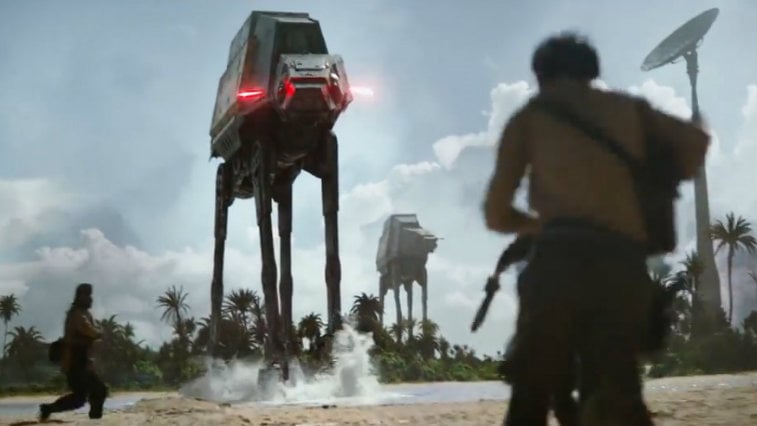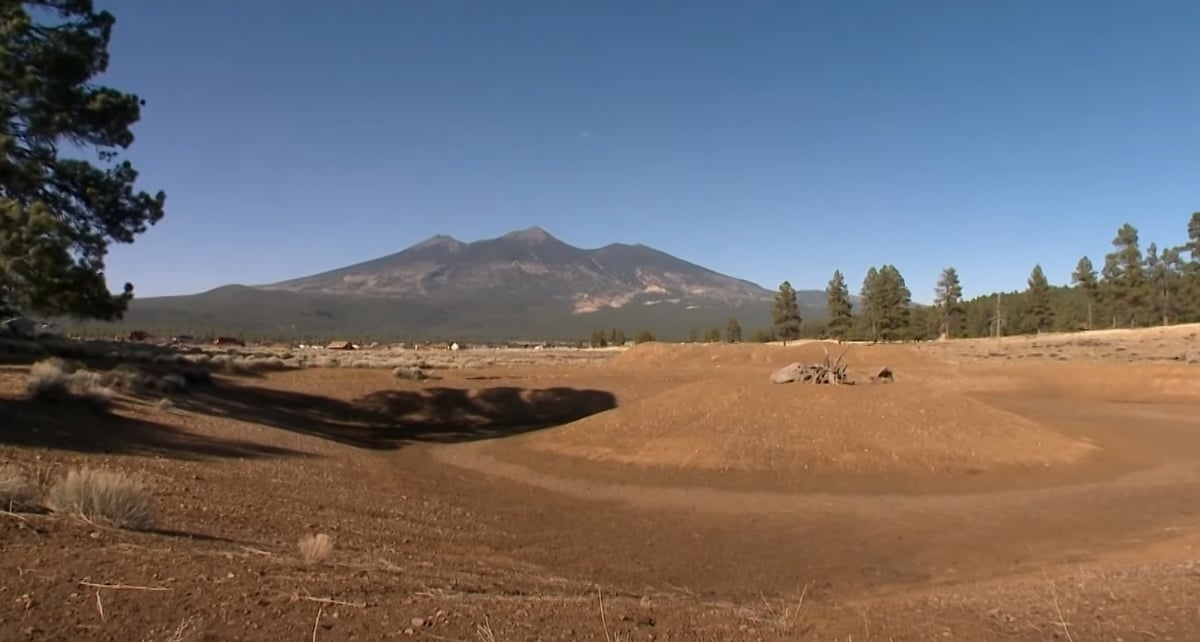‘Star Wars’: The AT-AT Walker’s Movements Were Inspired By An Animal — Can You Guess Which?
The Star Wars production team took on an enormous task when they set out to create the sequel trilogy. Because many of the concepts they were developing had never been seen before, George Lucas and the crew had to get extremely creative during the process of building one of the most successful film franchises of all time.
The production crew was very resourceful, pulling inspiration from a number of objects that were around them. The lightsaber sound, spaceships, and aliens that are seen in Star Wars were all created via intriguing production methods, but the AT-AT Walker may have had the most interesting development process. The crew had to rely on one of the world’s largest animals to figure out how to model the AT-AT Walker’s movements.
Special effects were key to ‘Star Wars’ success

The brilliant special effects seen throughout the Star Wars saga are one of the major keys to the franchise’s success. During the sequel trilogy’s initial run, many of the sequences seen in Star Wars films had never been seen before, leaving audiences to wonder how they were created.
George Lucas’ talented creative team relied on a number of tricks to render the amazing visuals fans see in episodes IV through VI. Sound designer Ben Burtt drew inspiration from random items such as a video projector and a TV set to produce the iconic lightsaber sound, and stop-motion photography was heavily relied upon to create the interactions between aliens and the flight sequences of the spacecrafts.
AT-AT Walkers were very small in real life
The Imperial Army’s AT-AT Walkers were one of their most intimidating and impressive weapons. Standing 74 feet tall, they towered over the rebels and devastated their ground forces. Yet, although the AT-AT Walker appeared enormous on screen, they were actually very small in real life.
According to the Star Wars Youtube page, AT-AT Walkers were small enough to be carried in one hand; some models small enough to fit in your palm.
“The models came in several sizes to match the scale of different live-action shots … It took 9 months to design and build these models,” the narrator says.
The weapon’s movements were based on elephants
Even though the real-life AT-AT Walkers used by the production crew were quite small, the team still had to rely on a large animal to figure out how to model the machine’s movements. To do this, they brought a fully-grown African elephant to the studio and recorded its footsteps.
“The animators shot motion studies of animals in order to perfect the movements of their models,” the narrator continues. “The snow walkers followed in this elephant’s footsteps.”
Since most of the live-action footage was completed before the special effects, the production team relied on animated sketches to guide the film editors and effects team. This was how the production team was able to seamlessly blend special effects with the scenes real actors were in.


